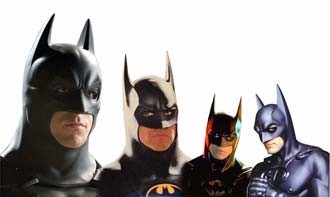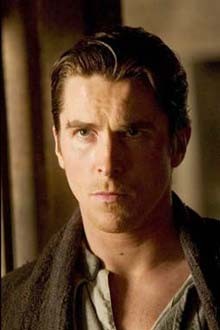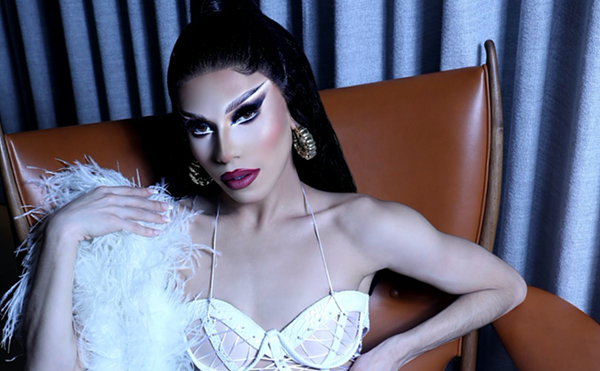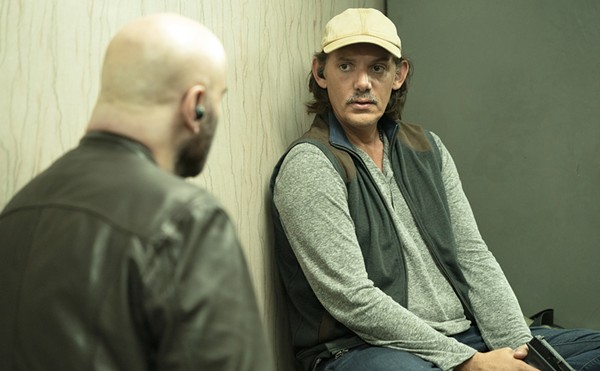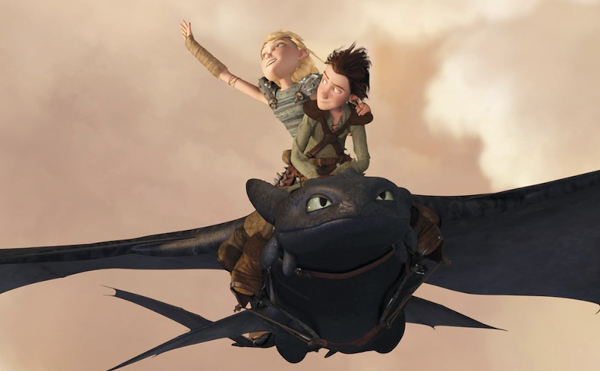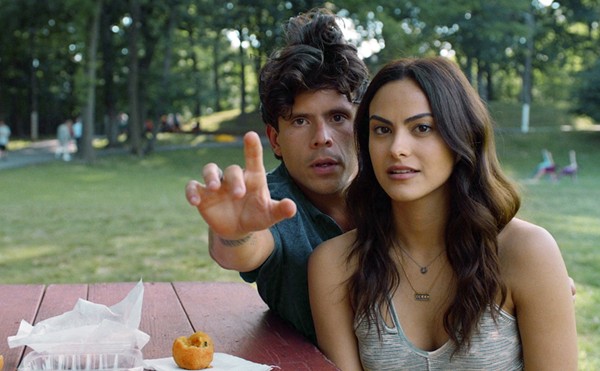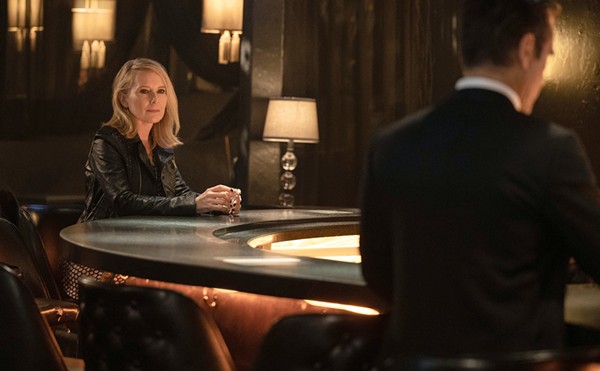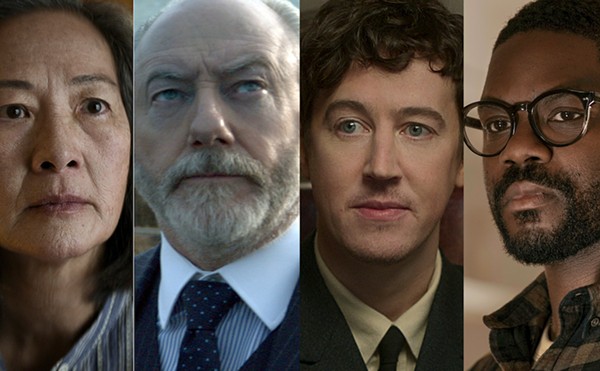Batman never looked like himself in primary colors and Boy-Scout morality
The Batman, as any true comics fan knows, is a grim creature of the night - a self-made überman driven by childhood trauma and a vigilante's certainty about what's right and who must be punished.
But big-budget matinees and Saturday-morning serials, unlike the most interesting old comic books, are aimed at pre-teens hungry for breakfast cereal and action figures, not those who can smell the corruption in the adult world around them. So it's no surprise that depictions of Batman on screen have usually strayed from the character's core.
| It takes more than a grimly set mouth: (from left) Christian Bale, star of the new Batman Begins, gets a rave review from dark-hearted purists. Michael Keaton also passed muster in Batman and Batman Returns, but Val Kilmer (Batman Forever) and George Clooney (Batman and Robin) gave men's tights and nipples a bad name. |
Take, for example, the hero's first appearances on the silver screen: In a 1943 movie serial, Batman is played by a tubby actor who makes Robin look like a bad-ass. The serialized adventures of Flash Gordon and his ilk didn't set the bar too high for budgets and production standards, but Batman was low-rent compared even to them: Just look at his outfit, with acowl whose tall, floppy ears are less evocative of a bat than of little Ralphie, the unfortunate protagonist of A Christmas Story, when he's forced to wear a bunny-wabbit suit.
Batman's prospects grew better and worse in the '60s. Better because the hero became a national phenomenon, with a TV show so popular that the stars of the day clamored for guest spots. Worse because this popular incarnation was the epitome of camp. The Batman embodied by Adam West was as square as square gets: Dark Knight vigilantism was replaced by a Boy-Scout moral code, and your little sister could probably beat up the guy. To be fair, this biff!-bang!-pow! attitude wasn't out of line with the pen-and-ink version of the time; DC Comics let the hero become awfully goofy in the years when too-violent comics were seen as a threat to America's youth. (Ol' Bats even had a Batmutt sidekick for a while.)
The '60s popularity of this goofball Batman led to predictable rip-offs. The Caped Crusader turned up in copyright-trampling adaptations from Mexico, the Philippines, and Turkey. Reportedly, even Andy Warhol took a crack at the character in something called Batman Dracula - shot in 1964 while Warhol was cranking out no-budget underground flicks such as a 70-minute portrait of Taylor Mead's ass.
In the '70s, Batman was relegated to Saturday-morning fare, popping up in a hopelessly bland Superfriends cartoon. Personality-wise, he was pretty much interchangable with any of the other heroes; he just had a cooler costume.
| Christian Bale as Bruce Wayne |
Then came 1989, Year of the Bat. Tim Burton's deliciously stylized movie was a pop-culture sensation, and Warner Bros' marketing department ensured that you couldn't step outside your house without seeing that yellow-and-black logo. (My teenage underemployment that summer had me filling burritos at Taco Bell, where employees wore Bat T-shirts in a bit of corporate cross-promotion.)
Burton's two movies (he made the series' first sequel, Batman Returns) were triumphs of tone and art direction. Danny Elfman's swirling score was iconic and Gotham City was a midnight fantasia of stone cathedrals and twisted architecture. It was a fine vision, distinguishing this hero's world from the clean one inhabited by Christopher Reeve's Superman.
But it was still a cartoon.
The cartoon turned garish in the mid-'90s when Joel Schumacher's two sequels effectively killed the Bat, returning to camp in every wrongheaded way possible. Loyal fans have spilled so much ink berating this plastic-nippled, Jim Carrey- and Arnold Schwarzenegger-battling travesty that we should probably let the dead horse be.
While the big screen was turning Batman into a joke, though, he received an unexpected dose of solemnity from cartoons. A series of animated TV adventures refused to play the hero strictly for laughs.
By the turn of this decade, fans got into the game. Disgusted by what Warner Bros. had done to their hero, they took up their camcorders and made their own short films, some of which (such as 2003's Dead End) looked shockingly professional. •
By John DeFore

